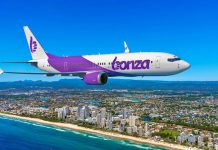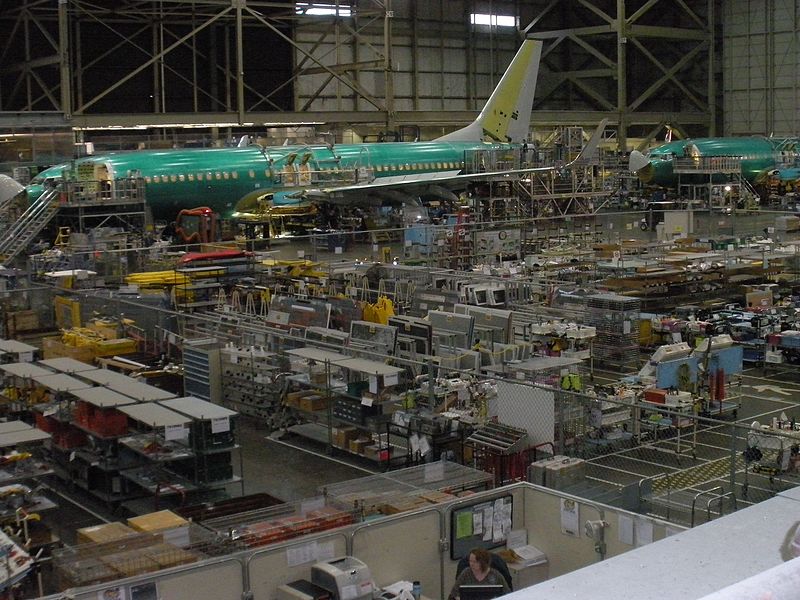The Federal Aviation Administration (FAA) wants to fine Boeing $US3.9 million for “knowingly” installing potentially faulty components on more than 130 737 NG jets and presenting the planes as airworthy.
The issue with parts known as slat tracks is the latest embarrassment for the US manufacturer as it attempts to get its 737 MAX aircraft re-certified by the FAA and it faces intense scrutiny about the way its aircraft are certified.
Slat tracks are located on the leading edge of the wings of a Boeing 737 and are used to guide the movement of panels known as slats which provide additional lift during takeoff and landing.
READ: Is Qantas’ Project Sunrise fading into the sunset?
The US regulator alleged that Boeing failed to maintain its quality assurance system with a batch of 737 slat tracks and to ensure suppliers adhered to Federal aviation regulations.
It contended this resulted in the installation of slat tracks that were weakened by a condition known as hydrogen embrittlement that occurred during cadmium-titanium plating.
It added that Boeing “knowingly submitted aircraft for final FAA airworthiness certification after determining that the parts could not be used due to a failed strength test”.
The agency alleged the affected slat tracks were processed by Southwest United Industries (SUI), a third-tier supplier to Boeing, on June 29, 2018.
SUI subsequently shipped the parts to Spirit AeroSystems, Inc. (Spirit), which then delivered the parts to Boeing.
It said SUI notified another company, Kencoa Aerospace, on July 6, 2018, that a batch of the slat tracks had failed a quality test indicating the presence of hydrogen embrittlement.
Kencoa passed that information to Spirit on or about August 3, 2018, which informed Boeing on September 11 and proposed that the airframe manufacturer accept the parts as delivered.
Although Boeing rejected the proposal, the FAA said it certified as airworthy about 48 aircraft potentially equipped with the weakened slat tracks between August 16 and October 9, 2018.
“Between Oct. 10, 2018, and May 2, 2019, Boeing knowingly certified an additional 85 potentially affected aircraft as airworthy,’’ the FAA said.
The FAA issued an airworthiness directive on June 10 2019 mandating inspections of the aircraft and specifying various actions based on the ability to identify the slat tracks.
“The FAA alleges that identification of the defective parts was hindered because SUI did not apply a protective coating over the part identification mark that is required to be displayed on the slat tracks,’’ it said.
“As a result, those part identification marks became either obscured or invisible, making it difficult to identify the affected parts.”
Boeing has 30 days to respond to the allegations but told US media it had worked closely with customers to take corrective action and that it was not aware of any in-service issues with the batch of slat tracks in question.
Also under in the FAA’s spotlight in a separate investigation is Lufthansa, which faces a $US6.43 million penalty for allegedly conducting 900 flights that did not comply with federal aviation regulations.
“The FAA alleges Lufthansa operated the flights into and out of San Diego International and Philadelphia International airports when it knew it lacked FAA authorization to do so,’’ the regulator said.
























